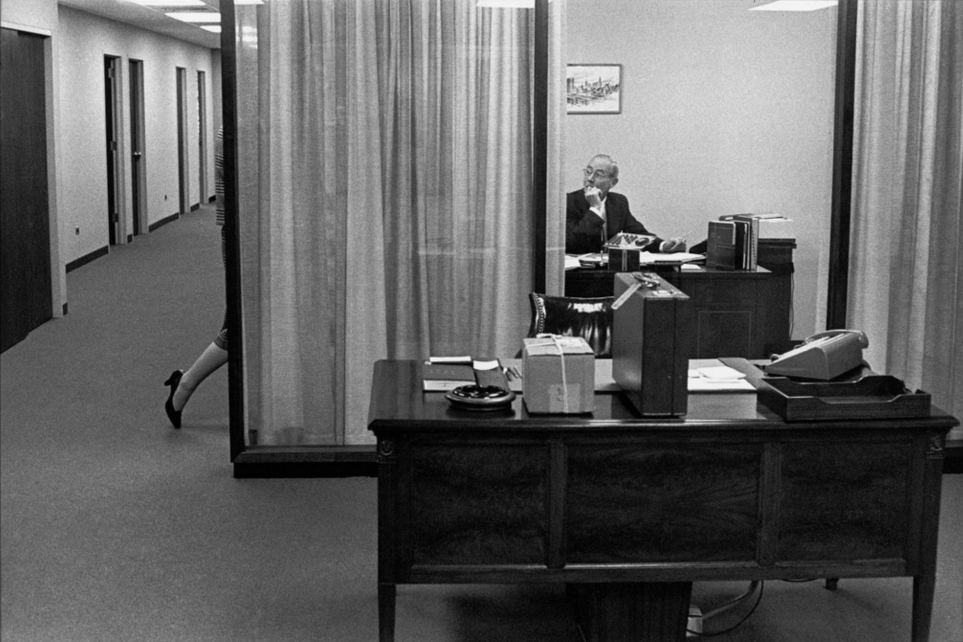Henri Cartier-Bresson, Bankers Trust, NY (1960)
In a recently discovered and published interview, Cartier-Bresson said:
But as for me, I enjoy shooting a picture. Being present. It’s a way of saying, “Yes! Yes! Yes!” It’s like the last three words of Joyce’s “Ulysses,” which is one of the most tremendous works which have ever been written. It’s “Yes, yes, yes.” And photography is like that. It’s yes, yes, yes. And there are no maybes. All the maybes should go to the trash, because it’s an instant, it’s a moment, it’s there! And it’s respect of it and tremendous enjoyment to say, “Yes!” Even if it’s something you hate. Yes! It’s an affirmation.
The quote resembles the Maybe campaign launched last year by Marlboro. Cigarettes and tobacco are awful, but the campaign is indeed fab! I saw some ads this weekend at the Melt! Festival.















.jpg)


